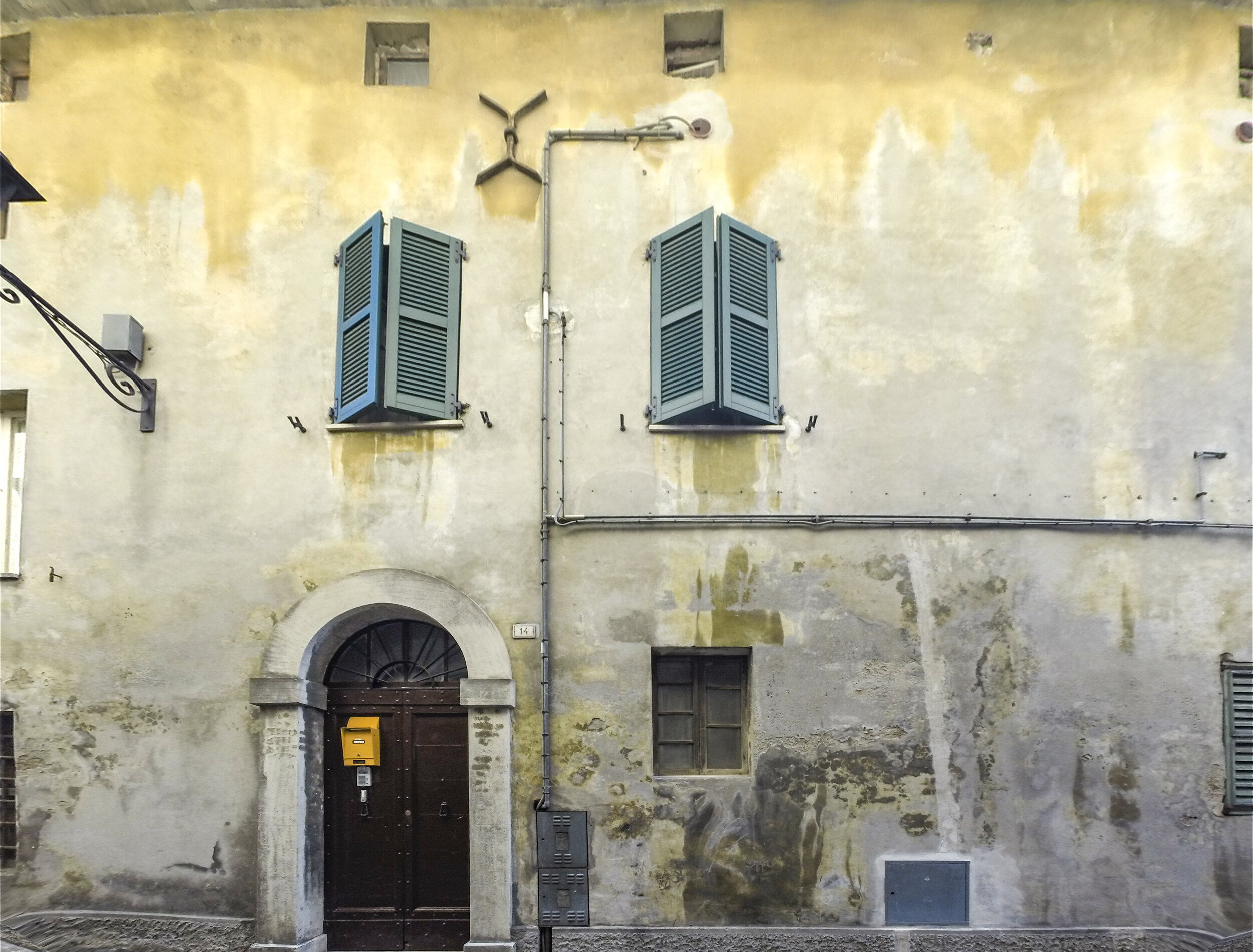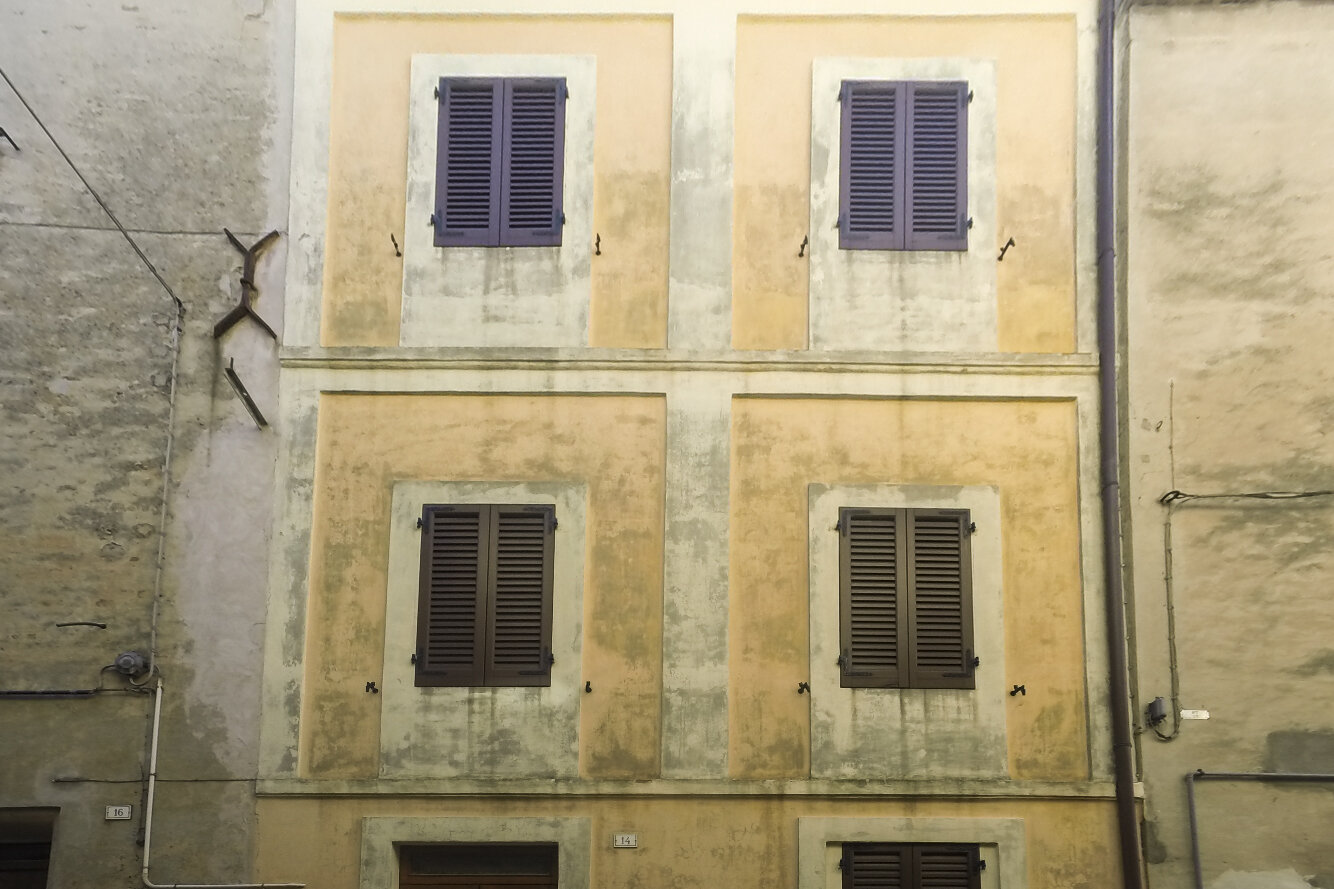
Typical damages / Algae Growth
Algae Growth
Algae and cyanobacteria are micro-organisms able to create a biofouling film covering building surfaces. These microorganisms can tolerate climatic variations, maintaining the metabolic activity only when appropriate combinations of dampness, warmth and light are present.
What to look for
Biofouling on building façades form patinas varying in extent, thickness, consistency, and colour from green to grey and black. This may cause readily recognizable stains, readily recognizable stains on the material surfaces. The bright green colour usually takes place on areas that are sufficiently moistened and not directly exposed to sunlight. Algae colonization appears on a large variety of façades (i.e. on stone, brick, plaster and mortar) and it is fostered by the presence of water on the material’s surface. On the contrary, during dry and cold weather they tend to die, leaving a dirt deposit which later permits a rapid new growth as soon as suitable weather comes again.
Risks
Algae and cyanobacteria are the main colonizers of building façades, and later they may favour the growth of mould, lichens, fungi and other microorganisms. The biological colonization of external façades by microorganisms can change the aspect of the surfaces and can even compromise the durability of materials. In addition to the aesthetic deterioration, algae and cyanobacteria may also cause a biochemical and a biophysical deterioration of the building façade, like mechanical stress, and loosens mineral grains especially on stone surface.
Why it occurs
Algae growth is influenced by several factors such as climate, building design and façade materials. Among the most important ones are environmental conditions, temperature and free water availability. Façades exposed to dominant winds are more easily colonized compared to other sides of the building. Since the wind may transport both rain and biological contaminants, a façade which is often wet by rainfall promotes the growth of algae.
The main causes for wetting of façades are mainly given by wind driven rain, leaks from rainwater drainage systems and dew water. However, algae and cyanobacteria can survive dry periods and restart their growth when enough water is available. Therefore, the drying of façades during the day is not enough to prevent algae colonization.
Where to look for risks
Surfaces with water streams often moistened for long periods
Porous or rough building materials such as bricks, stones and mortar
North-facing walls not directly irradiated by the sun
Balconies, roof overhangs and roof drains
Damaged waste-water pipes
What to do
Case-by-case evaluation and tests are needed for a proper recommendation to solve the problem.
Overall three methods are available:
Mechanical methods remove biofilm, stains and patinas from contaminated elements either by hands or tools
Physical intervention using ultraviolet (UV) radiation for surface treatments
Chemical methods include the use of biocide agents of synthetic origin like pesticides and disinfectant. Notice that legislation on chemicals approved for this purpose differ from each country.







